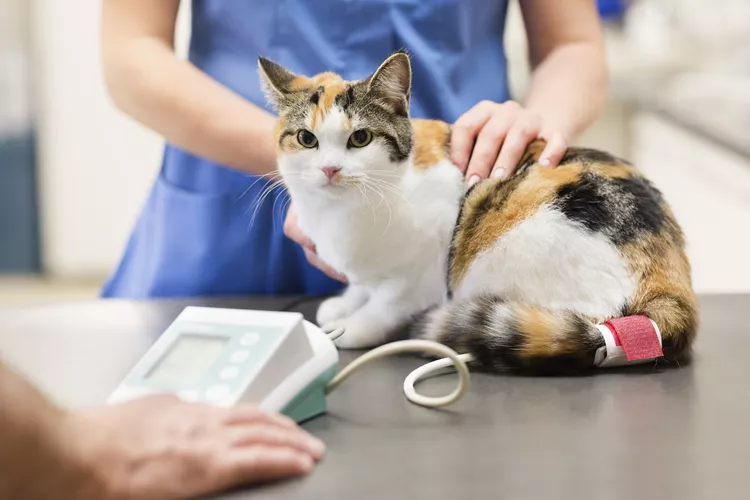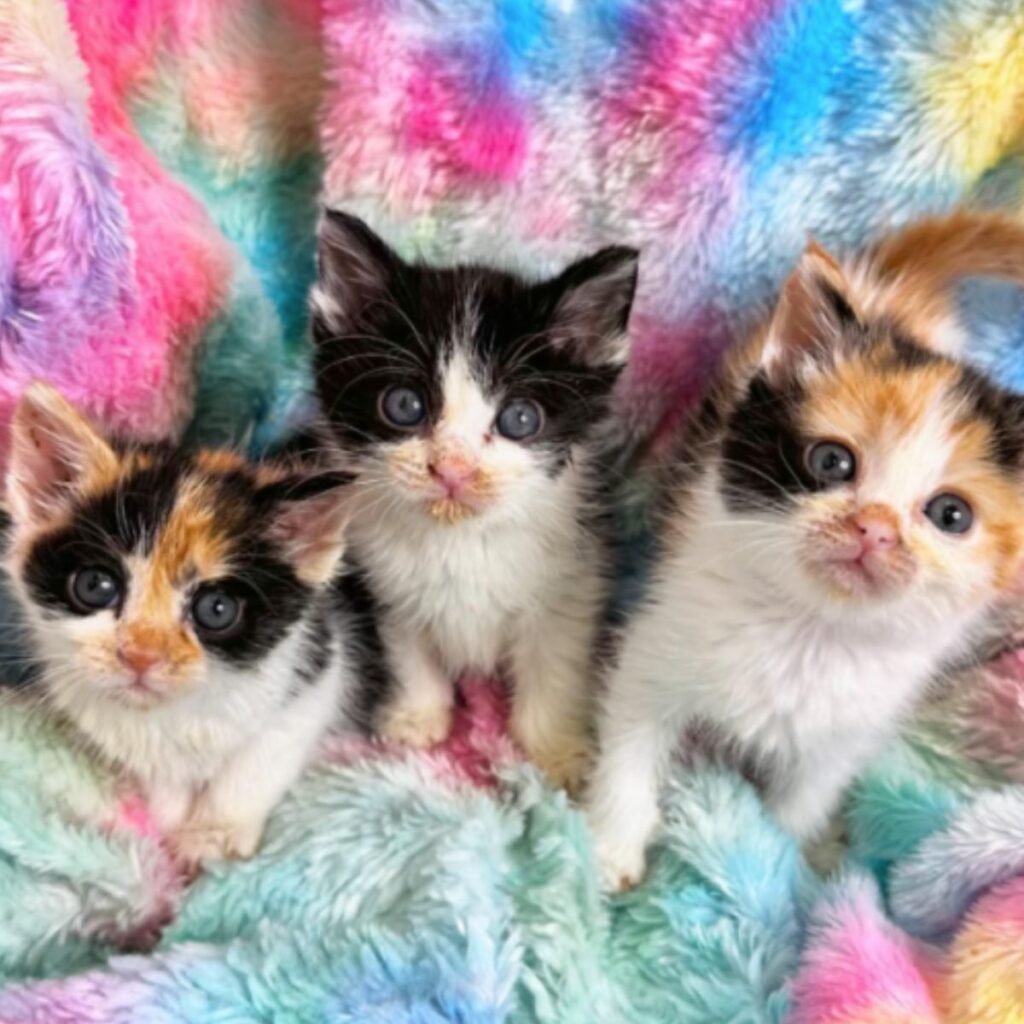Studies have shown that there is a noticeable difference in the lifespan of male and female cats. While both genders can live long, healthy lives, female cats tend to have a longer life expectancy on average. In this article, we will explore the various factors that contribute to why female cats often live longer than their male counterparts.
Less risk of violence and injury
When it comes to the risk of violence and injury, female cats generally have an advantage over their male counterparts. This is primarily due to their less territorial nature. Unlike male cats, who are more prone to engaging in fights with other cats over breeding rights or territory, female cats tend to be more peaceful and less confrontational.
Male cats, on the other hand, have a higher tendency to get involved in conflicts, which can lead to injuries and other health issues. Their territorial behavior often results in confrontations with other cats, increasing the risk of violence and injury.
In addition to territorial behavior, outdoor risks also contribute to the higher vulnerability of male cats. Male cats tend to roam outside more frequently, exposing themselves to encounters with predators, accidents, and other outdoor hazards. This can further amplify the likelihood of violence, injury, and overall health risks for male cats.
It is crucial for cat owners to be aware of these differences and take appropriate measures to ensure the safety and well-being of their feline companions, regardless of their gender. Providing a safe and secure environment, keeping cats indoors, and regularly monitoring their interactions with other animals can greatly reduce the risks of violence and injury for both male and female cats.
Lower risk of reproductive-related diseases
Female cats who are spayed have a lower risk of developing reproductive-related diseases. These diseases include ovarian cancer, uterine infections, and mammary tumors. Intact females who have not been spayed are more susceptible to these health risks.
Spaying, which involves the removal of the reproductive organs, eliminates the hormonal changes associated with reproduction. This significantly reduces the likelihood of developing these reproductive-related diseases. The procedure helps maintain the overall health and well-being of female cats.
Male cats, on the other hand, do not face the same reproductive health risks as they do not have the same organs and hormonal changes. However, it is still important to ensure the reproductive health of all cats, regardless of gender, through regular veterinary check-ups and appropriate care.
Reduced risk of urinary tract issues
When it comes to urinary tract health, male and female cats have distinct differences in anatomy that can affect their susceptibility to urinary tract issues. Male cats are more prone to developing urinary tract issues such as blockages or urinary tract infections. This is mainly due to their narrower urethra, which can make them more susceptible to urinary obstructions. On the other hand, female cats have a wider urethra, reducing their risk of developing these issues.
While female cats have a lower risk of urinary tract issues, it is still important to monitor the urinary health of both male and female cats. Regular check-ups and addressing any symptoms or abnormalities promptly are crucial to maintaining their overall well-being. If you notice any signs of discomfort, frequent urination, or unusual behavior related to urination, it is essential to seek veterinary care immediately.
Less cooperative hunting behavior
When it comes to hunting, male cats tend to exhibit a more cooperative behavior compared to their female counterparts. These furry hunters have an instinctual drive to catch prey, and in the wild, male cats often form social groups or coalitions to increase their hunting effectiveness. They collaborate with other male cats to increase their chances of success.
While this cooperative hunting behavior may have evolutionary advantages, it also comes with potential risks. Male cats engaging in group hunts are more prone to injuries and accidents during their hunting expeditions. The increased chance of encountering aggressive prey or territorial disputes with other individuals can lead to harm or even fatal outcomes.
On the other hand, female cats have a less cooperative hunting behavior. They typically prefer solo hunting or limited social interactions during hunting activities. This behavior contributes to their longer lifespan compared to their male counterparts. By avoiding riskier and more dangerous hunting situations, female cats reduce their exposure to potential harm, ensuring a healthier and safer lifestyle.
It’s important to note that hunting behavior is a natural instinct for both male and female cats. While their approaches may differ, the ability to hunt efficiently is crucial for their survival and well-being. By understanding and appreciating these innate behaviors, cat owners can provide a nurturing environment that supports their feline companion’s hunting instincts while prioritizing their safety and longevity.







